Boost your students' vocabulary with this engaging Word of the Week/Word of the Day graphic organizer!
Word of the Week (or Day) for the Win!
Do you find your students using the same words over and over in their writing? Then it may be time to introduce Word of the Week (or Word of the Day) to your weekly/daily routine.
Each week (or day), you choose one new word for your class to focus on. This word is introduced, and students explore its meaning, spelling, pronunciation, and usage. You can display the word on a board or a chart, and throughout the week (or day), students engage with the word through activities like using it in sentences, identifying synonyms or antonyms, or drawing pictures that represent it.
Over time, your students will have a wider range of words to use in both their speech and writing!
Implementing Explicit Vocabulary Instruction with a Word of the Week (or Day) Routine
Explicit vocabulary instruction is a powerful way to enhance students’ language skills, and implementing a Word of the Week routine provides structured, intentional opportunities for vocabulary growth. Keep reading for a step-by-step guide from our teacher team at Teach Starter:
- Choose a word: If you are doing a Word of the Week, select one word on Monday. This word should be on your students’ reading level and should be relevant to a theme they are currently learning. For a Word of the Day program, choose a new word each morning that may come from their reading for the day.
- Introduce the word: Write it on the board or display it prominently in your classroom. Pronounce the word clearly, making sure your students repeat the word after you. You might also want to break it into syllables to help with the pronunciation. Ask your students what they think the word might mean before explaining its definition in simple terms. This will help engage your students’ critical thinking.
- Engage with the word: Throughout the week (or day), engage your students in a variety of activities to reinforce the word:
Discussion: Ask students to use the word in a sentence or identify synonyms and antonyms.
Incorporate Movement: Use gestures or actions that relate to the word. For instance, if the word is “sprint,” have them pretend to run quickly
Writing: Have them write sentences or short stories using the word. They can also complete this graphic organizer, where they define the word, draw a picture, and use it in context.
Games: Play vocabulary games like word bingo, matching games, or charades with the weekly word.
Morning Meetings: Incorporate the word into your morning discussions, encouraging students to think of ways they might hear or use the word during their day.
- Revisit the word: Revisit the word daily (or throughout the day) by asking students to reflect on how they used it or if they’ve heard it used by someone else outside of class. Keep track of all your Word of the Week (or Day) words on a dedicated bulletin board so students can see how their vocabulary is expanding.
- Expand Connections: Integrate the word into discussions, readings and activities to provide multiple exposures. Create a fun routine where students signal with a sound or motion whenever they hear the word, alerting the class to its use throughout the day or week.
By consistently following this routine, you’ll provide your students with repeated, meaningful exposure to new vocabulary, which is essential for their language development.
Free Vocabulary Graphic Organizer
You are just a click away from getting a free vocabulary graphic organizer for your students. Simply click on the dropdown arrow located on the Download button and choose between the printable PDF or editable Google Slides version of this resource. Then, make your copies, and you will be ready to go.
For a more sustainable way to use this in your classroom, print a class set on cardstock and slip each one into a plastic/dry-erase sleeve for each student to keep in their ELA folder. Then, students simply erase and reuse with a dry erase marker each time a new word is presented.
This resource was created by Lindsey Phillips, a teacher in Michigan and Teach Starter collaborator.
More Vocabulary Fun
Learning doesn’t have to stop there! Look at some of our other teacher favorites for vocabulary development.
[resource:2665610] [resource:2651874] [resource:3381422]
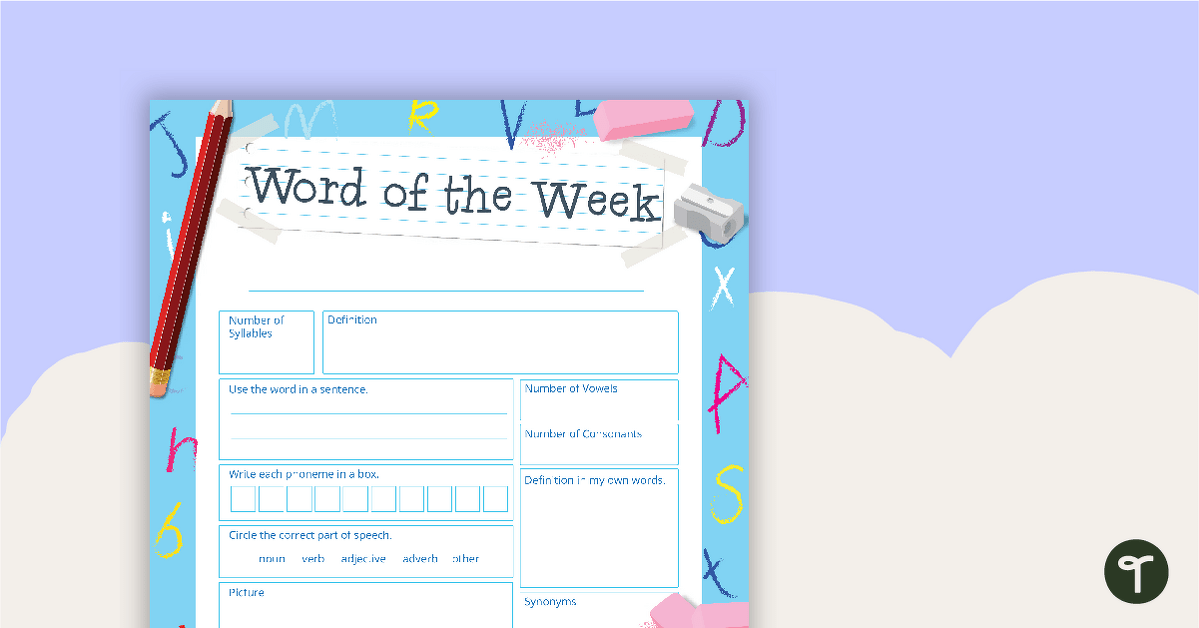

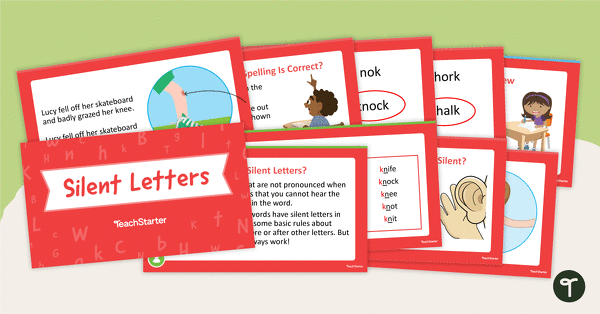
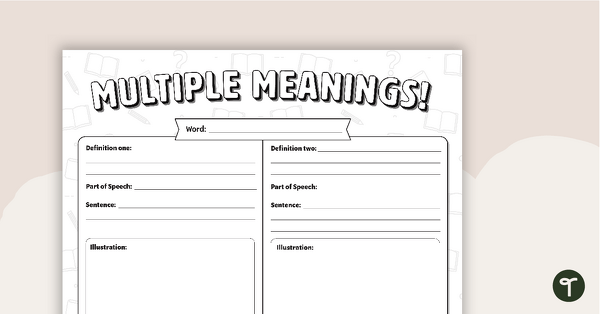
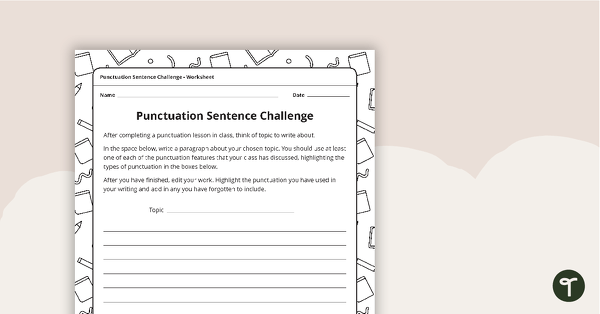
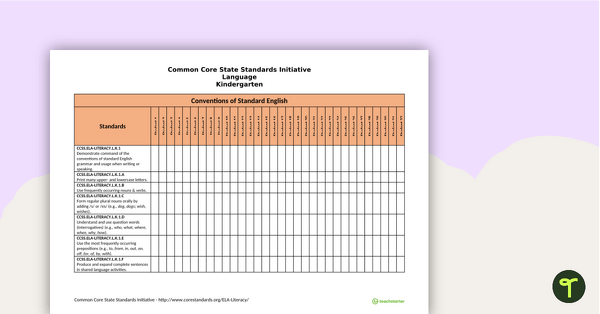

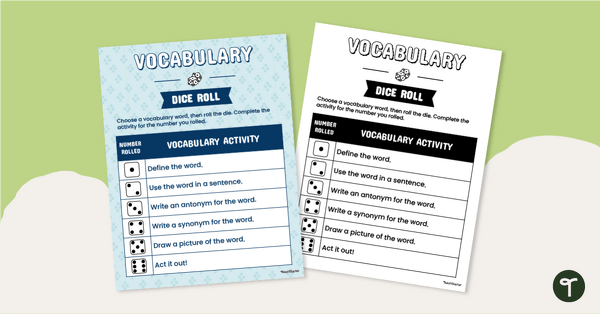
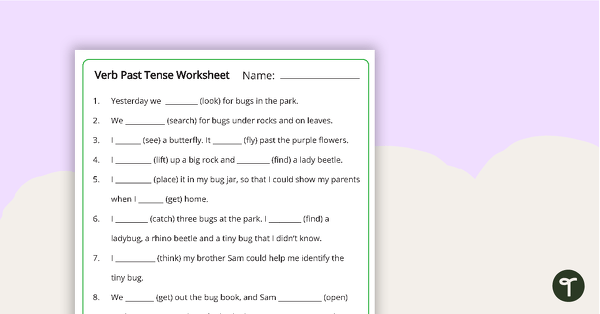
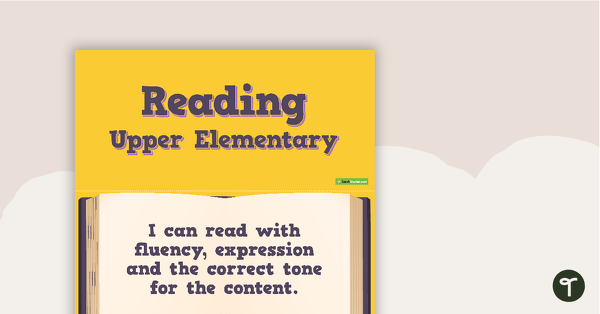
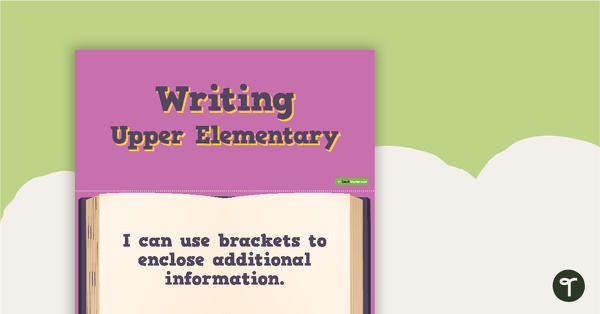
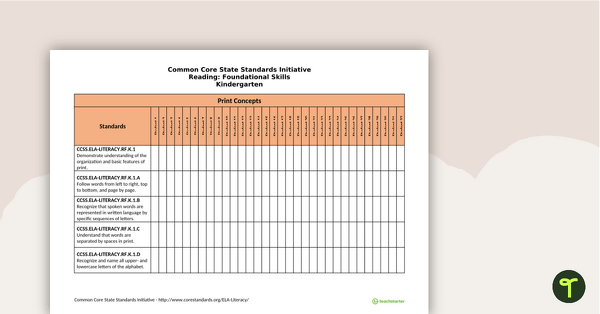
0 Comments
Write a review to help other teachers and parents like yourself. If you'd like to request a change to this resource, or report an error, select the corresponding tab above.